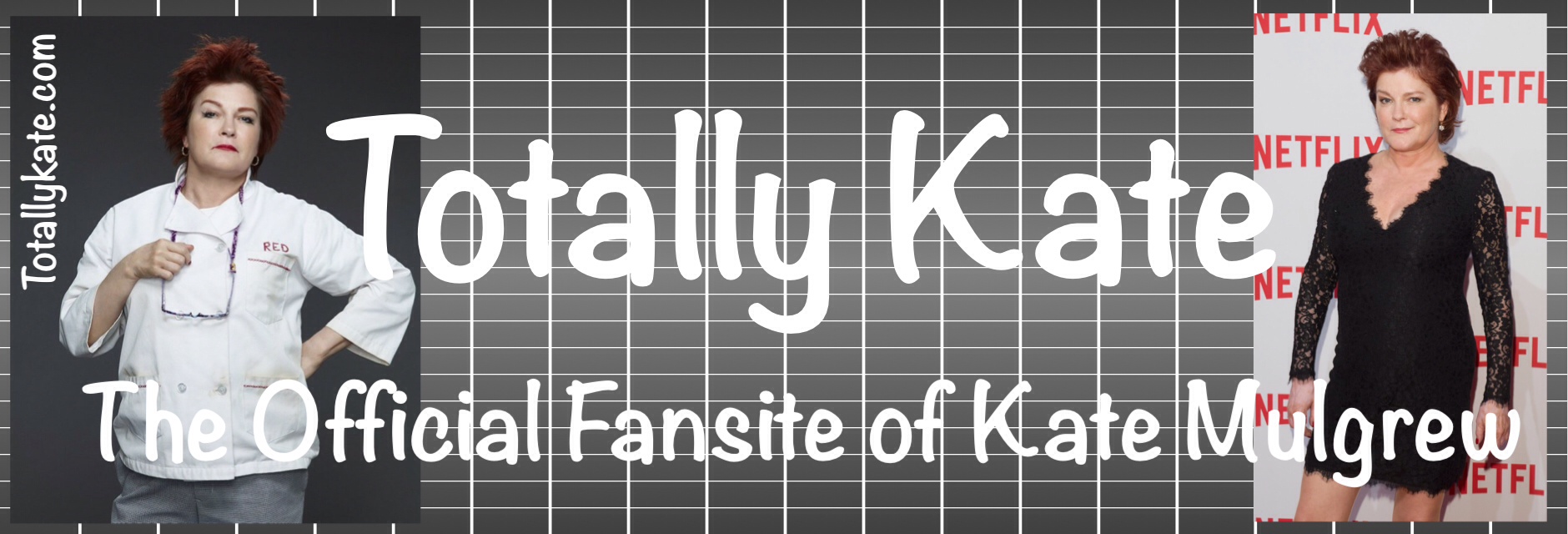 |
Theater Critic With some people, human existence really boils down to entrances and exits. And who could possibly understand this basic fact better than a brood of thespians? "The Royal Family's" Cavendishes - a richly pedigreed clan of performers (sorry, actors) now three generations deep, are constantly figuring out the most striking way of arriving or departing a room, a scene, a life. Actually, there is somebody who seems to get the value of an entrance/exit as much as the Cavendishes (who are not-so-loosely based on the Barrymores). That would be director Tom Moore, whose resplendent revival of George S. Kaufman and Edna Ferber's "The Royal Family" just opened at the Ahmanson Theatre. Drink it in. In Moore's production, the stage itself gets a kind of "Hello, world!" introduction. Projections with vintage theater posters - Cavendish highlights - flash across the curtain like some classy precursor to that obnoxious preshow entertainment we now get at movie theaters. Then we see the faces of the Cavendishes - doyenne Fanny, her children Julie and Tony, Julie's daughter Gwen and the late patriarch Aubrey. One curtain rises, then another, and we see ... Douglas Schmidt's set. Which is a towering and baronial New York duplex of wood, murals, skylines and strategically placed flowers. At its center, of course, is a gently curved staircase down which the Cavendishes - who all live together - sweep rather than walk. Never before midday, however. Before, oh, 2 p.m., it's left to house staff Della (played by Ellia English) and Jo (Alan Mandell) to handle the phones, flowers, telegrams, reporters and boxing instructors. The year is 1927. When the Royal C's finally do arrive on the scene, it's with a kind of brio that only those accustomed to a lifetime of spotlights can demonstrate; these folks are on stage even in their own home. It's especially true of 70-something Fanny (Marian Seldes), a bit frail but, as the keeper of the flame, planning her next revival. The lady wears majesty like perfume. Theater's first lady Julie (Kate Mulgrew), age 39, arrives in silk pajamas. When she gets to a chair or a sofa, she doesn't sit. She splays, often on a chair arm. Gwen Cavendish (Melinda Page Hamilton), 18, enters in riding togs, and she's actually been up since - gasp! - 7 a.m. She may not possess her family's theatricality just yet, but she's feeling the pull of a competing life force. A handsome young stockbroker named Perry (Robert L. Devaney) wants to domesticate her, much to the family's chagrin. Gwen's dilemma is one of the play's areas of conflict. Ditto Julie, who also faces a suitor from outside the thea-tuh. These people are, let's face it, a parcel of lunatics. Narcissistic, self-absorbed, egotistical, but also quite charismatic. Kaufman and Ferber wrote them lovingly, and director Moore treats them with the respect they clearly deserve. "The Royal Family" may be a spoof, but it's a send-up written by two people who happen to adore the institution and the people they're tweaking. Gwen's anguish is real. So is Fanny's brother Herbert Dean's (Charles Kimbrough) self-delusion over his own acting abilities. So, too, is Julie's meltdown that closes the first act, even though it also happens to be hilarious. Mulgrew and Seldes are both such canny creatures of the stage that they're a pleasure to watch. Seldes is tall and regal, sneaking in her choice Fanny-isms when they'll possess the sharpest bite. Mulgrew, with slushy s's and a killer wardrobe (Robert Blackman does the entire ensemble up proud), has brought a bit of a young Kate Hepburn to Julie. Daniel Gerroll is all charm and ego, blowing onto the scene like a mini monsoon as Julie's flamboyant film actor brother, Tony. One more thing. Director Moore has pulled off a rather brave feat: live animals. A Cavendish entrance or exit is accompanied by the arrival or departure of a dog. Gwen has a small black poodle, Julie a Lab-looking fellow and Fanny a scene-stealing white little guy named Puck. While you've got to believe a Cavendish would never risk being upstaged by a four-legged creature, the parcel of hounds (expertly trained by William Berloni) is a wonderful touch. Those dogs can sure play. This play is no dog. |
|
|
|
|
|
|
|
|
|
|
|
|
|
|
|
 |